
Miata-Based Aston Martin Replica
As Told by John J. Thomas
After retiring from over 45 years in the automotive industry, I realized I needed something to keep me out of the house. Since we spend the summer in Wales and winter in Arizona, I started looking for a car that I could start building in the UK, and then ship to the States. There is a good range of kit cars available in the UK, but it was important to find one that uses a readily available U.S. donor.
The MEV Replicar caught my eye as an alternative to the Cobra and Seven-style cars. The Aston Martin DBR1 had been in the news, as one of the four originals had sold for a record $32 million. (At the 1959 LeMans, the DBR1 took First and Second place overall. The driving duo of Carroll Shelby and Roy Salvadori won First, and the next nearest competitor to the Second place DBR1 was 25 laps behind!) Not only that, the year 2013 was the centennial of the Aston Martin brand.
Even though the MEV Replicar (inspired by the Aston Martin) is available here in the U.S. from Exomotive, I wanted to start the build in the UK so I ordered the kit directly from MEV. One issue that arose was that the Replicar, like the original, is right-hand drive, but that’s not a problem for me, as I’m used to shifting with either hand.
The only essential RHD parts that are needed from the MX5 are the front subframe and steering rack, with plenty available on EBay UK. Even so, I decided to obtain a complete MX5. Rusty MOT (Ministry of Transport)-failed cars are available at very low cost in the UK. I also wanted to familiarize myself with the Mazda, and a good way to learn about a car is to take one apart.
I had contemplated building the car to a complete rolling chassis, but figured I would get a running donor with less rust in the U.S. I would need a U.S.-spec engine and EMS anyway, and shipping an engine from the UK involves a lot of EPA paperwork. So after all the chassis metalwork was completed, along with the RHD front subframe and controls fitted, and all the brake, fuel and tank vent lines made up and fitted, the whole thing (plus the wire wheels) was loaded into a large crate and shipped to the US West Coast.
The voyage from the UK to California takes about a month, and it was held up in U.S. customs for about ten days as the paperwork had not made it clear that this was car parts—not a complete car that did not need DOT and EPA approvals.
I discovered that used Miata's sell for a lot more in the States than the UK, but I found a 1994 California M-spec model mechanically sound and well maintained, but with a beat up body, very ragged top and interior, broken windshield, etc. I didn’t feel bad about breaking it up (I hate to scrap a viable car). The teardown of the donor car and unpacking of the shipping crate, a project in itself, was done at our daughters’ place in the California High Desert. The car was assembled to the rolling stage and shipped to our Arizona home and construction completed in a two-car garage.
The car is currently running, with completely stock Miata mechanicals. Power wise there is a wide range of performance upgrades available for the Miata, and of course a V8 will fit into the engine compartment just fine, but I think it would need a rear transaxle to maintain some sort of balance. More in the spirit of the original DBR1 would be to fit an inline six (such as a Toyota JZ) with a transaxle (maybe from Corvette, or Alfa Romeo).
Usually when you reduce the weight of a vehicle by about 40 percent, the stock springs are way too hard, but the Miata uses a soft primary steel spring and backs this up with a firm secondary elastomer bump stop. However, the rear shocks on the MEV Replicar are close to being topped out, and I’m planning to drop the rear of the chassis by about 40mm and front by 20mm. I would like to keep OE shocks and springs, and the auto-trans Miata has the softest springs, so I am trying to source a set of these and shorten them to get the ride height right, then look at aftermarket bump stops.
Regarding my background, as noted at the outset, I’ve been in the auto industry for many years on both sides of The Pond. I started work at a BMC dealer in the UK straight after school just as the Mini was becoming popular. The ‘old’ guys in the shop wanted nothing to do with this odd car with the engine in sideways, so I got all the Mini work.
Then I got a job with Broadspeed when they were racing the Minis. We were doing a lot of performance conversions including the Broadspeed GT. I got to work on a lot of interesting cars, Aston Martins, AC Bristols, Jags, etc.
I also was involved in go-kart racing with a couple of British Team drivers. Great fun—I could build the engines and chassis, drive the van, setup the pits—everything! Got to visit a lot of places in Europe, as long as they had a go-kart track.
My work on two-strokes led to involvement in off-shore powerboat racing, a big contrast to the ultra-competitive world of go-karting. Back then powerboat racing was very much a party sport!
I had been building kit cars and started selling Ranger and Magenta kits, based on 1100 to 1300 Austins, and complete cars including six-wheel and twin-engine versions. In the ‘70s I was working on engine fueling and emissions with GKN and SU carburetors, when I got a call from my old contacts at Broadspeed to come and develop the engine for the racing XJ12 Coupes, a great job but frustrating when BL pulled the plug just as we got the cars competitive.
I decided to get away from race teams and set up shop doing JRT (Jaguar/Rover/Triumph) work, mainly blueprinting Triumph Stag and Sprint engines as well as the building and selling the kit cars. The farm where I had my shop became home to a couple of American speedway riders—so much for getting away from racing!
A speedway bike must be the simplest competition vehicle, single cylinder engine with a clutch and chain to the rear wheel, no brakes or suspension. Yet it’s surprising how much time you can spend prepping them for competition! Involvement in speedway racing led to my heading to California.
The ‘80s was the era of electronically controlled carburetors, and a California carb-rebuilding business hired me to setup testing systems for them. That job lasted until fuel injection started to become universal.
In 1988 Land Rover started selling the Range Rover in the U.S. Range Rover North America started with a small staff and we all did several jobs. I was the Western field engineer and technical trainer, but we also supported vehicle launches, expeditions, off road driver training, etc. When we opened the West Coast training center, I became a full-time tech trainer which is what I did until my retirement in 2007.
Which obviously left me plenty of time to indulge in this new project, my MEV Replicar. Once it was up and running, I took a trip to Oatman, Arizona and cruised on old route 66. Now there’s an alternate reality: a replica of a classic British road racer with Japanese mechanicals taking a classic American route!

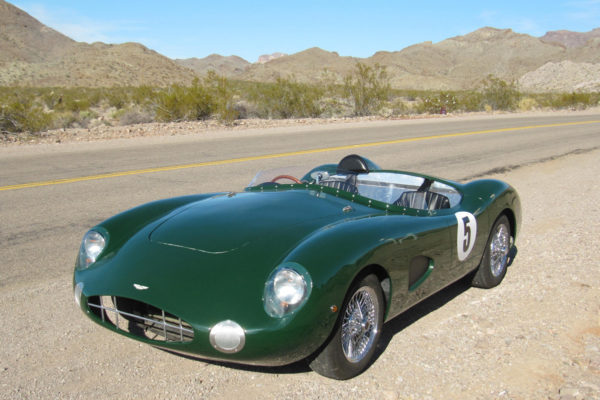
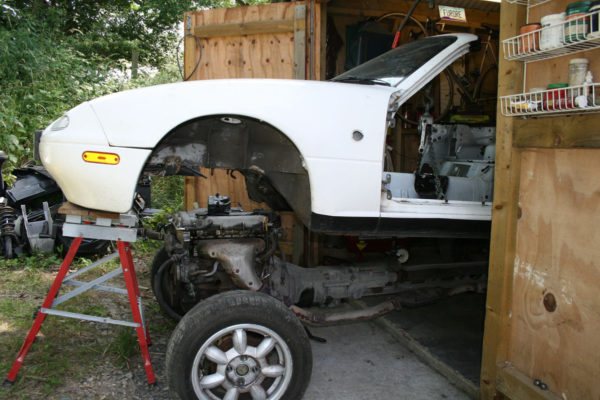
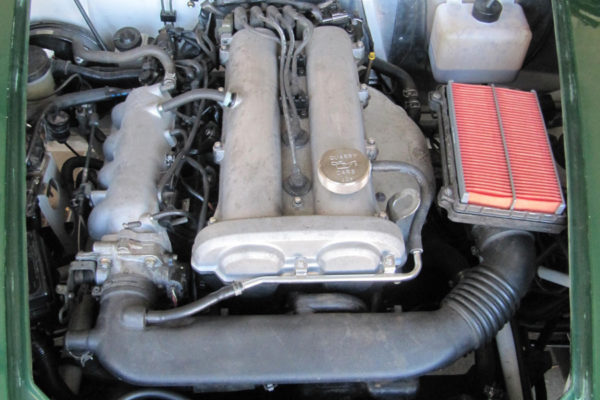
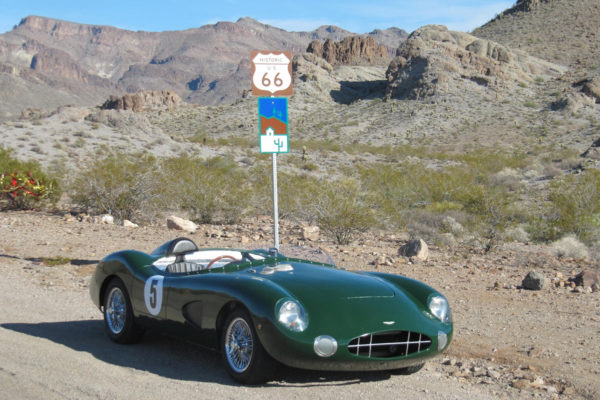
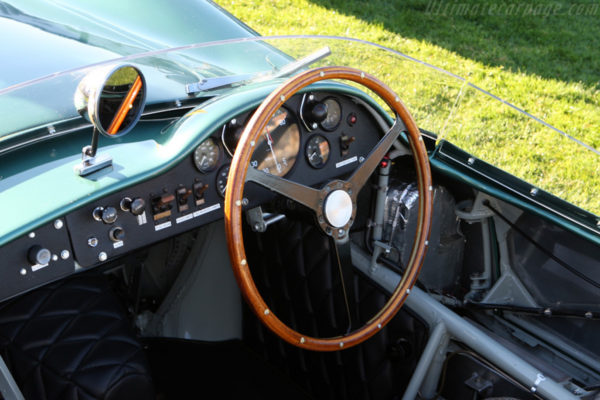
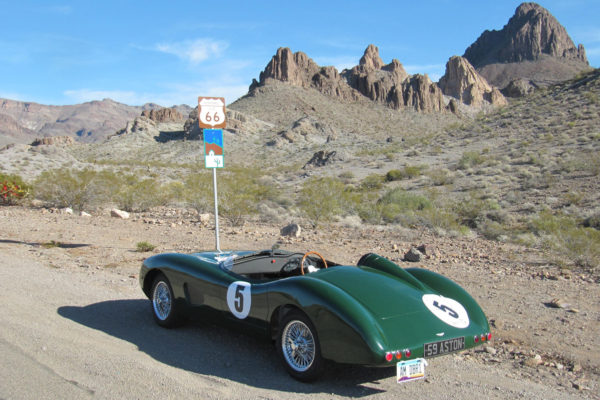
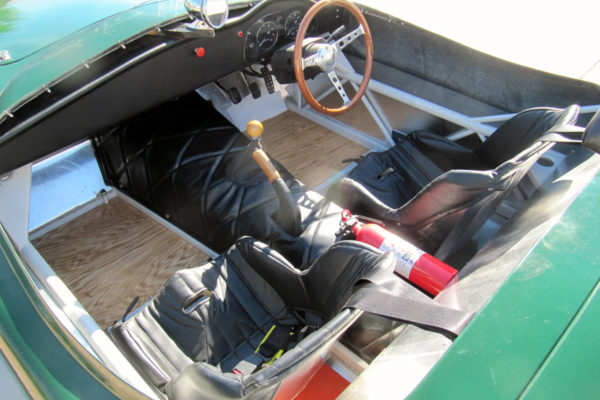
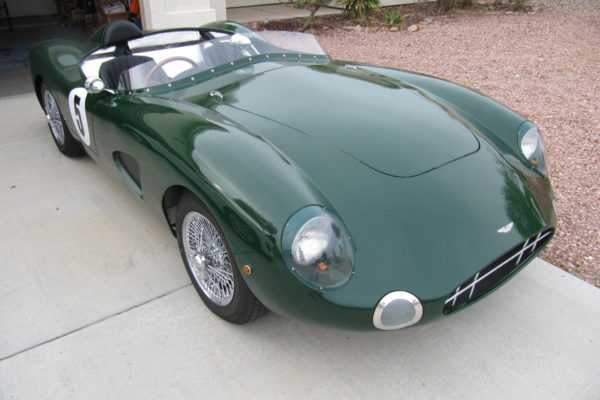
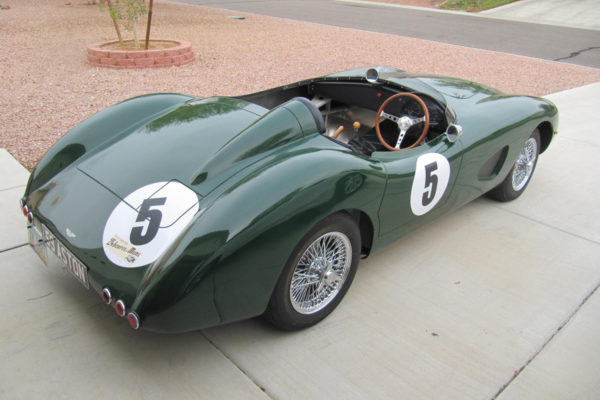
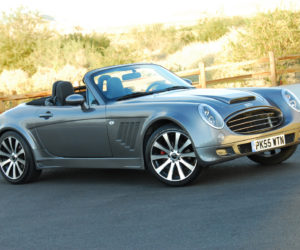
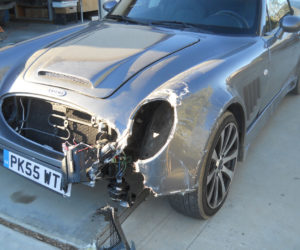
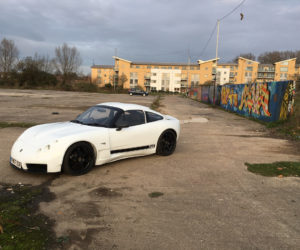
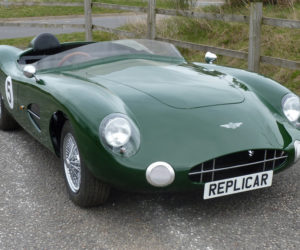
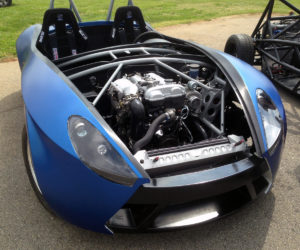
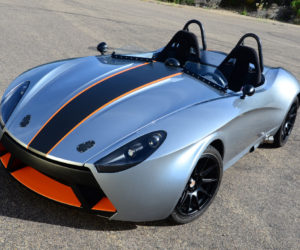




Comments for: ALTERNATE ROUTE
comments powered by Disqus